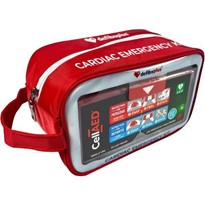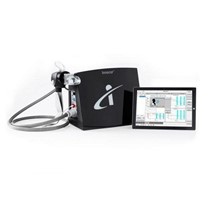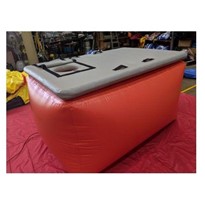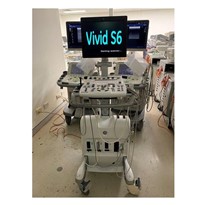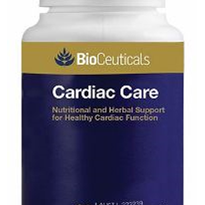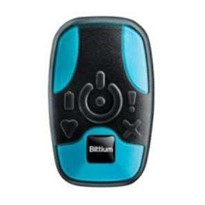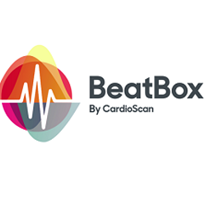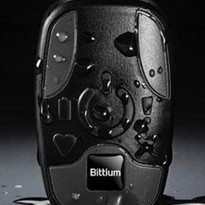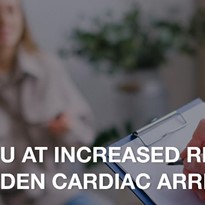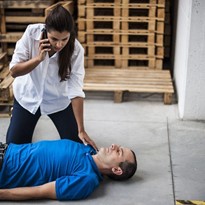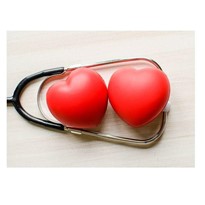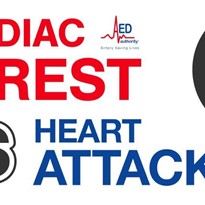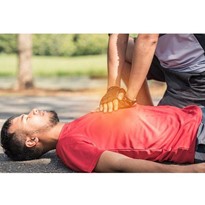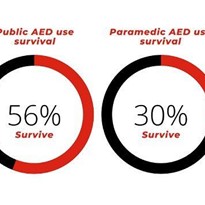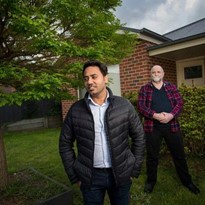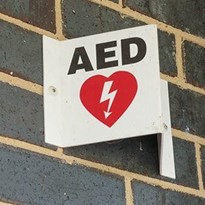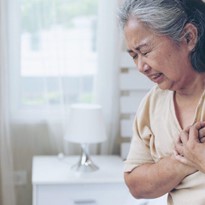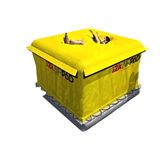Here’s some insight from our team – providers of the best defibrillators in Australia, includingCell AED and HeartSine defibrillators.
Most people don’t feel anything!
Cardiac arrest has an almost instant impact on the body, so at the moment of arrest – when the heart’s electrical system malfunctions and stops beating effectively (calledatrial fibrillation) – they collapse and are fully unconscious. It’s a bit like fainting.
That’s because our organs and brains need a constant supply of oxygen. If the heart doesn’t beat correctly, it has a very quick and noticeable impact on us. For example, when someone has a heart arrythmia (an irregular heartbeat), they will feel flushed, sweaty, and have chest pain when it goes to fast, and feel dizzy and faint when it goes too slow. When it stops or experiences fibrillation, it’s like unplugging your TV when it’s on – as soon as the electric current is gone, so is the TV’s ability to operate.
So, when cardiac arrest occurs, the person will likely have been acting in a normal way one second, then collapse the next.
It’s not a heart attack
A cardiac arrest is very different to a heart attack. During a heart attack, the heart is still beating but the flow of blood and oxygen to the heart is being restricted – usually by a build-up of cholesterol that’s clogging the arteries.
Someone who is having a heart attack shows symptoms like:
- Chest pains
- Weakness
- Nausea
- Pressure on their chest area
- Flu-like symptoms or jaw/back pain (common in women)
- They are responsive, conscious, and awake
- They have a racing pulse
Obviously, this puts a huge amount of strain on the heart muscle as the brain sends it electrical signals to work harder and harder to get oxygen to the rest of the body. This can then become too much for the heart to take and the lack of oxygen to the brain can cause an electrical malfunction, sending the heart into fibrillation. So, a heart attack can lead to cardiac arrest.
Symptoms of a cardiac arrest
While some people have little or no symptoms before a cardiac arrest (some are even exercising at the time!), others do have symptoms that include:
- Light-headedness
- Feeling dizzy
- Heart palpitations
- Nausea or vomiting
- Chest pain
- Shortness of breath
Considering how huge of an impact a cardiac arrest has on the body, the symptoms are minor and can be associated with simply being under the weather. As a result, most people are at home, work, or living their normal daily life when it occurs – not at a hospital.
The biggest problem is that chances of survival and recovery from a cardiac arrest are very low – a person will pass away within 10 minutes if they don’t receive CPR and defibrillation. This has made it the number one killer of Australians, with only a 10% survival rate for the 20,000 people it happens to each year.
The only way to treat cardiac arrest is with CPR and a defibrillator
CPR or bystander CPR (chest compressions) will keep the oxygen flowing through the person’s body. This is a bit like holding your breath – it can be done for a while, but not forever.
A defibrillator is the only way to restart the heart and reset it back to a regular rhythm. A defibrillator works by supplying an electric shock – but there’s no need to be scared of using one! The best defibrillators in Australia, including HeartSine defibrillators and the CellAED, are designed to be user-friendly for minimally-trained people. They are safe, fully-automatic, and can even instruct you through the chest compression process and call emergency services!




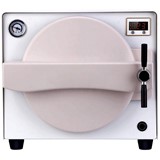


-160x160-state_article-rel-cat.jpg)
